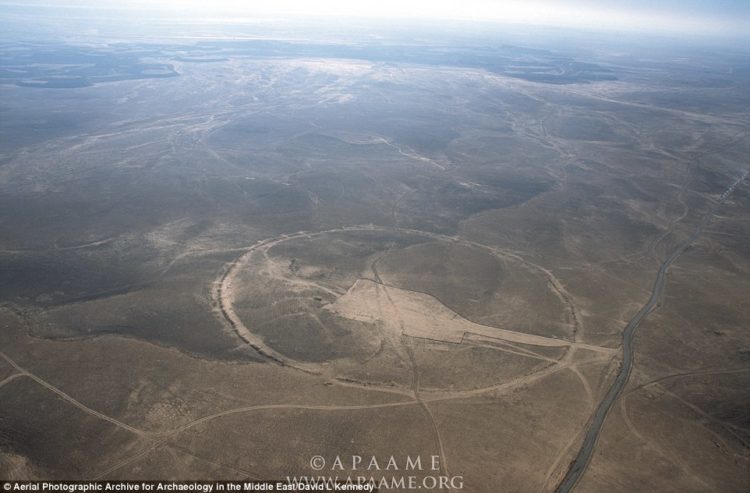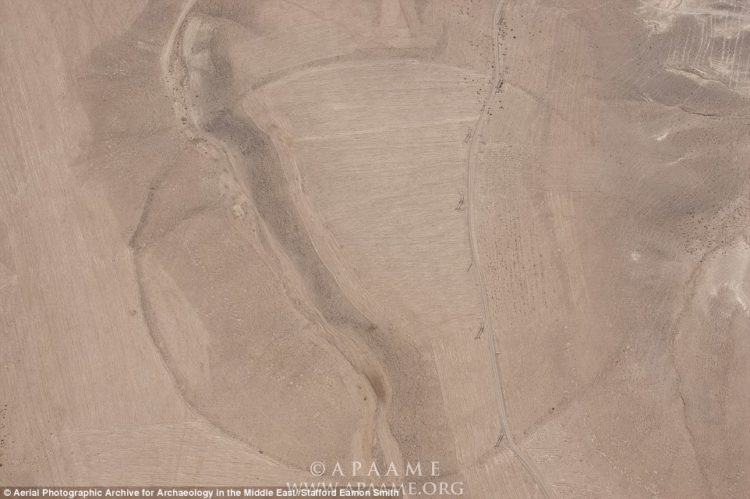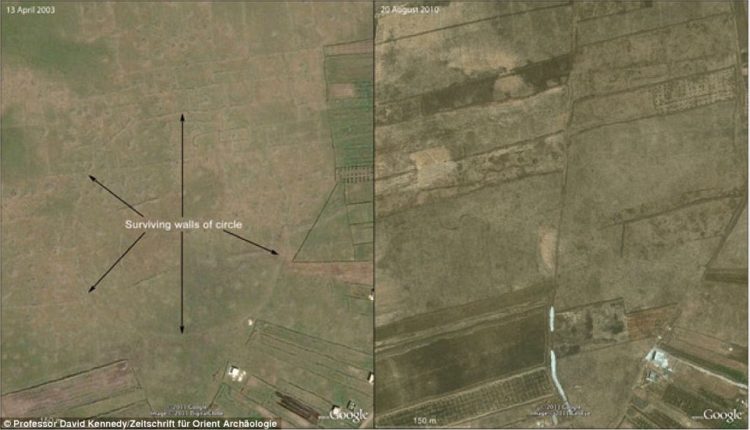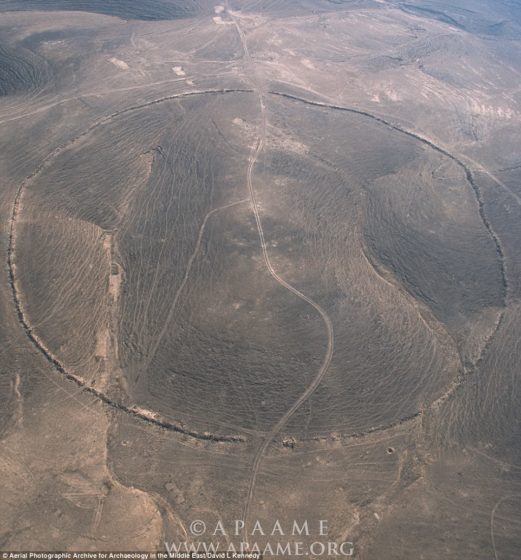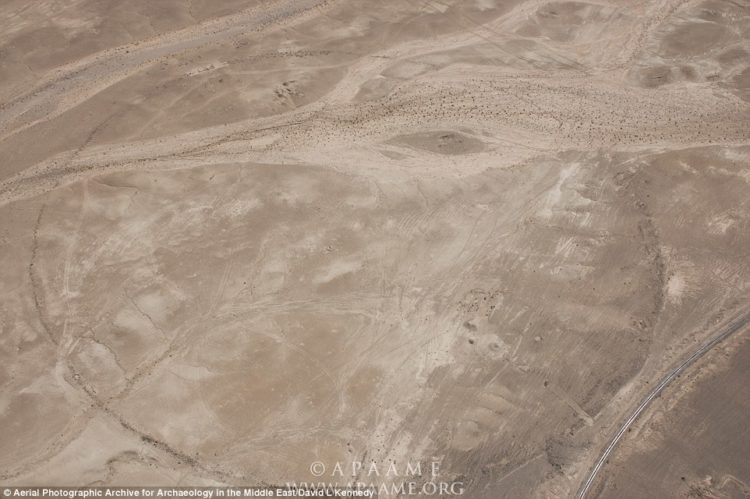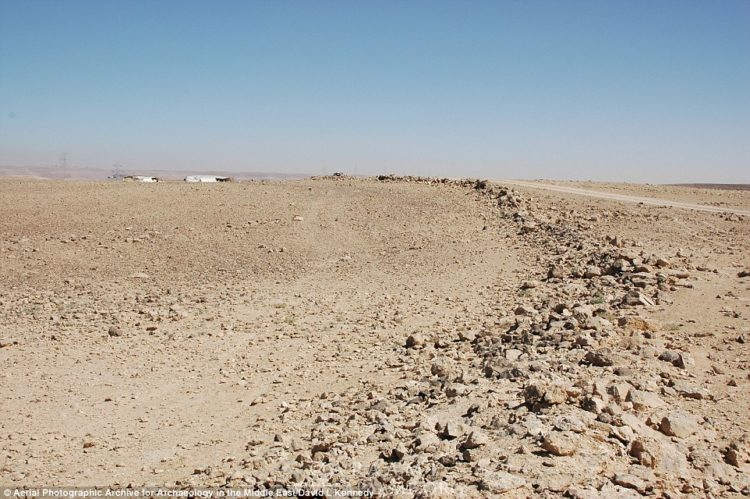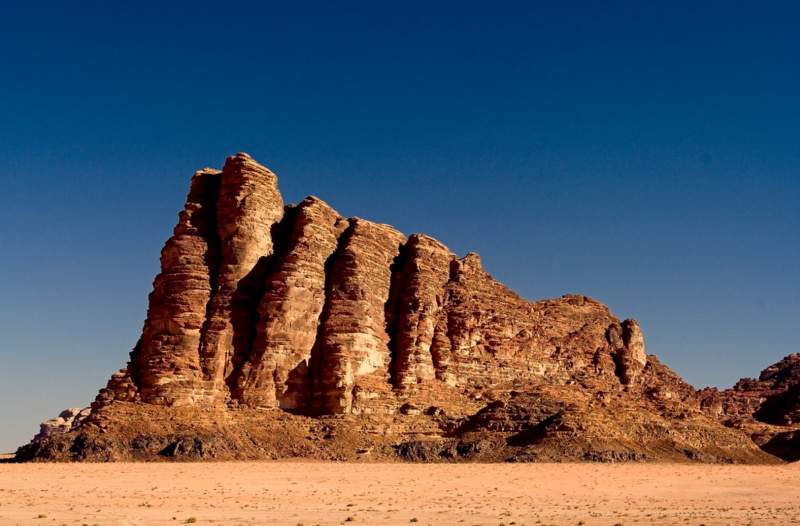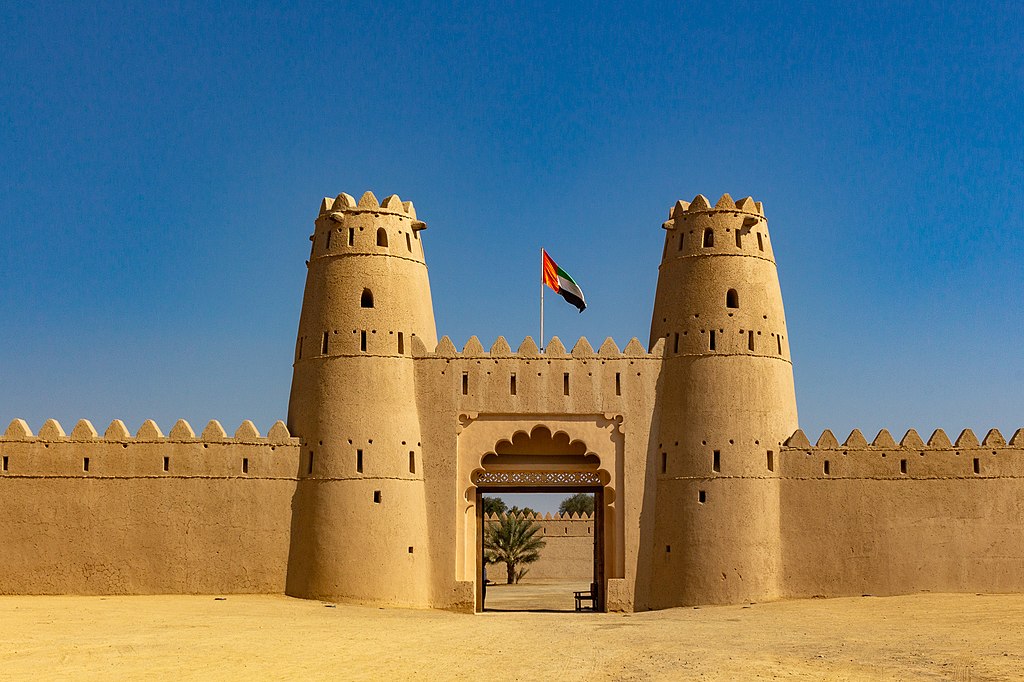The Mysterious Big Circles of Jordan – Ancient stone rings in the desert have left archaeologists puzzled which are scattered across Jordan are 12 giant circular structures that can only be fully seen using aerial and satellite images. It is known as the Big Circles, range between 720ft and 1,490ft in diameter were first spotted from the air in the 1920s.
The big circle’s dates are not confirmed, but there is often material in or around the circles that originated in the Chalcolithic and Early Bronze Age (between 2,000 to 4,500BC). Moreover, a number of the circles contain later material, typically dating to the Roman period between the 1st and 7th century BC.
It is also called “the vast rings” and eight big circles have been recorded in west-central Jordan, between the Wadi el-Hasa and the edge of the Shara escarpment. There is a second group, made of four Big Circles just north of Azraq Oasis. Also, more Big Circle was spotted on satellite imagery in 2002 near Homs in Syria.
The landscape of the Middle East is heavily strewn with circular or sub-circular stone-built structures, as most are crude circles, but numerous are clearly intended to be geometrically precise, although every so often slightly distorted typically consists of low walls of uncut boulders. Although the precision of some of the circles, was a swift task and would have involved around a dozen workers, perhaps an ‘architect’ would have plotted the circles using a rope tied to a post in the center. Some show signs of greater care with stones at least roughly shaped and laid in courses.
The circles would not have been hard to build, constructed mainly with local rocks, and could potentially complete a Big Circle in a week. But the question is what was the purpose of constructing big circles in a precise shape would have taken some planning. The architect could simply have tied a long rope to a post and walked in a circle, marking the ground as he or she moved around. That would also have some glitches in the circles where the land was uneven,” as the architect wouldn’t have been able to keep walking in a perfect circle at those spots.
Huge stone circles in the Middle East have been imaged from above, structures that have been shrouded in mystery for decades. The circles would have at first contained no openings or kinks, but a number now have routes passing through them, or contain ‘service gates.’ like circle J4, which lies 820ft east of the Desert Highway.
This specific circle has five different features and seven breaks in the perimeter including drive gates, three service entrances, three drivers’ hides, seven ambush walls, and two capture gates. The resemblances are ‘too close to be a coincidence but their purpose is unidentified. Thus, archaeologists need to excavate the sites to learn more about their construction and purpose.
It seems unlikely that they were originally used as corrals, as the walls were no more than a few feet high, the circles contain no structures that would have helped maintain an animal herd and there’s no need for animal corrals to have such a precise shape.
